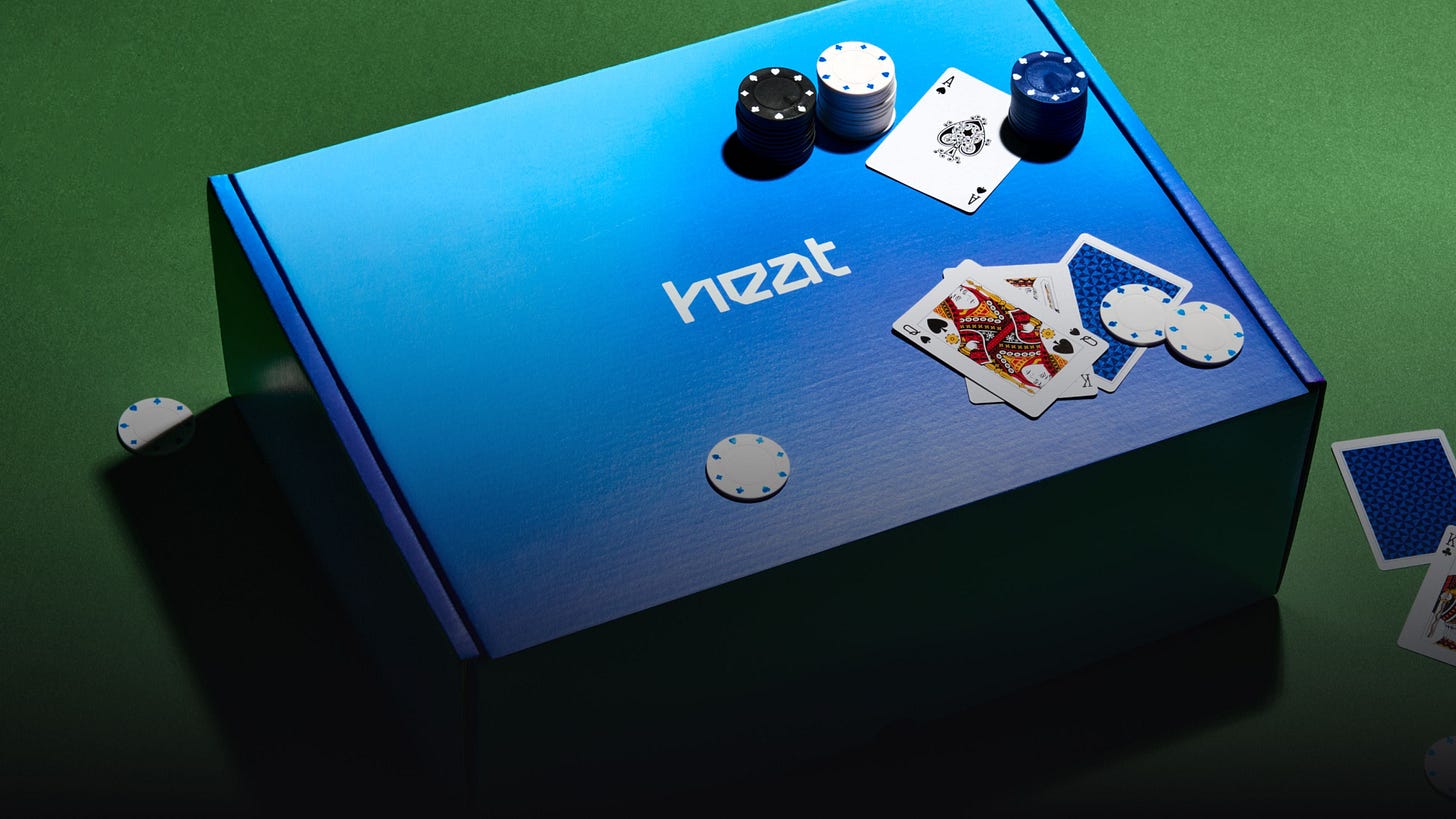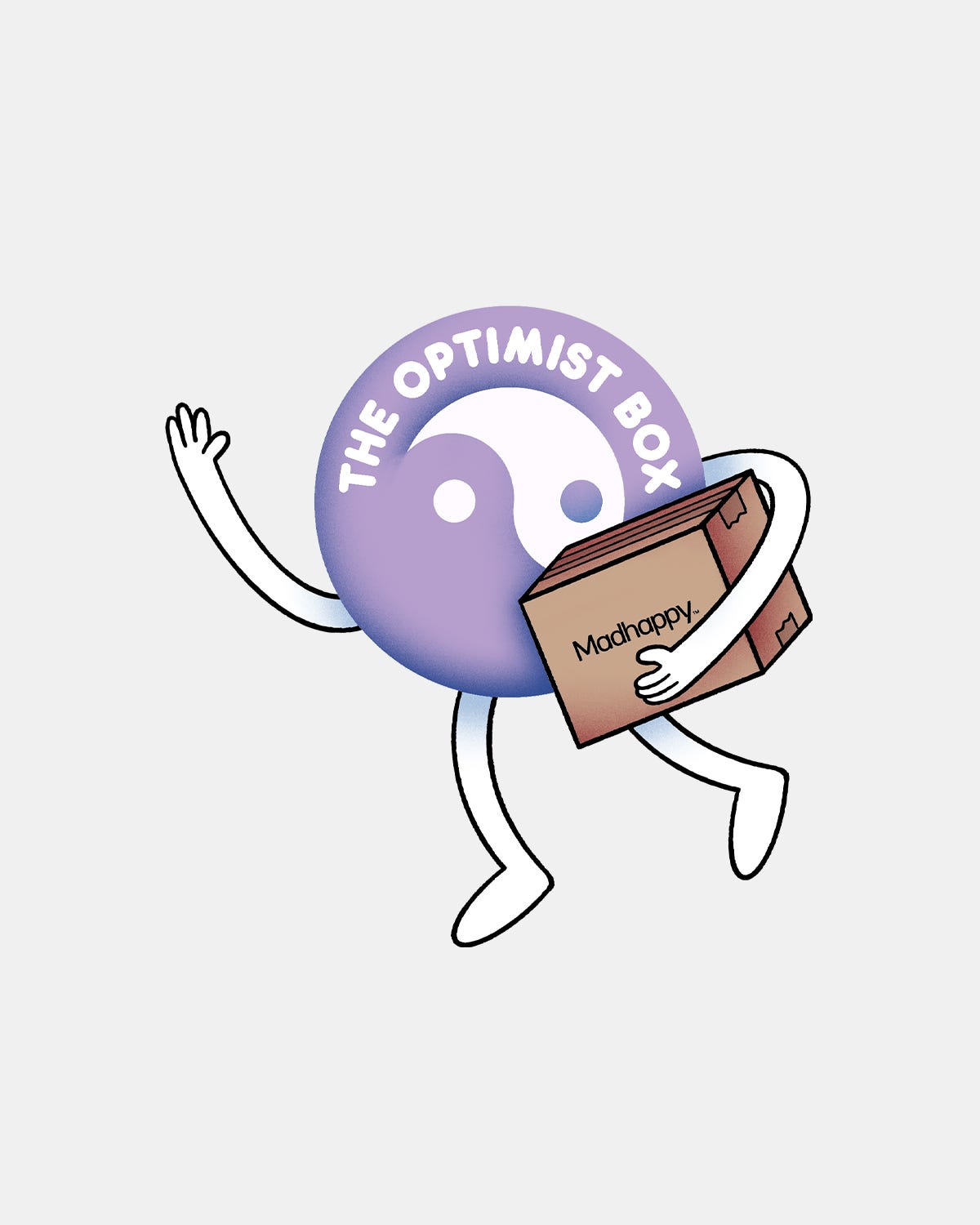Mystery Boxes vs. Markdown
Which Clears Stock Better?
You’ve got ageing stock. Your markdown calendar is full. Your finance team is twitchy. So what do you do?
You could run a classic clearance sale. Slash prices, send the email, clear the space. Or you could repackage your leftovers into a curated "experience" and sell the illusion of value. Welcome to the world of mystery boxes.
At first glance, it’s all a bit gimmicky. But done right, mystery boxes can do what markdowns can’t: protect your brand and your margins at the same time.
The markdown playbook
There’s nothing wrong with a markdown. It’s a tool like any other. It clears space, generates cash, and gives your operations team a breather. But let’s not pretend it’s a win.
Every markdown is a small defeat. A misfire on forecast. A mismatch in range. A slow reaction to changing demand. It doesn’t matter how neatly you spin it with a campaign, if you’re relying on discounting to hit your numbers, something upstream isn’t working.
And while your customers might thank you for the price cut, they’ll also learn to wait. Once you teach someone your full price is just the warm-up act, good luck getting them to pay it again.

The mystery box reframe
The mystery box, on the other hand, asks a different question: what if we didn’t just hide the discount, but built a whole new product around it?
In a post by Simon Beard, founder of Culture Kings, he broke down how they turned clearance into a revenue driver during one of retail’s toughest months: February.
The key wasn’t in the discount. It was in the design. Each box included two items created specifically for the promotion; on-brand, low cost, high perceived value, plus one clearance item they genuinely needed to move. The total cost came in around $15. The customer paid $50 and felt like they’d scored $90 worth of product.
That’s not clearance. That’s a campaign.
It worked because it wasn’t lazy. No random bundles. No bag of rejects. No surprise-for-the-sake-of-it. It was engineered.

What most brands get wrong
Mystery boxes often fail because brands forget the mystery needs a payoff. You can’t just throw three leftover tees in a sack and hope the novelty carries it. People talk. People post. If your box feels like a bin liner, your TikTok mentions will let you know.
The Culture Kings model works because it treats the promotion like product development. The engineered items weren’t afterthoughts, they were intentionally built to elevate the box and make the clearance piece feel like a bonus.
It’s clearance dressed as culture. And it worked.
So which one clears stock better?
That depends. If you’ve got time, loyalty, and a creative team that can spin something decent from spare threads, a mystery box can generate more cash, more excitement, and less damage to your positioning.
If you just need the stuff gone by next Tuesday, markdown is still your friend. Just don’t pretend it’s anything else.

Final thought
Mystery boxes aren’t better than markdowns. But they are a reminder: when you treat your operational problems like brand moments, you get more than just empty shelves, you get customer stories, margin, and maybe even a queue.
And if you’re going to discount, you might as well make it look like a product launch.


